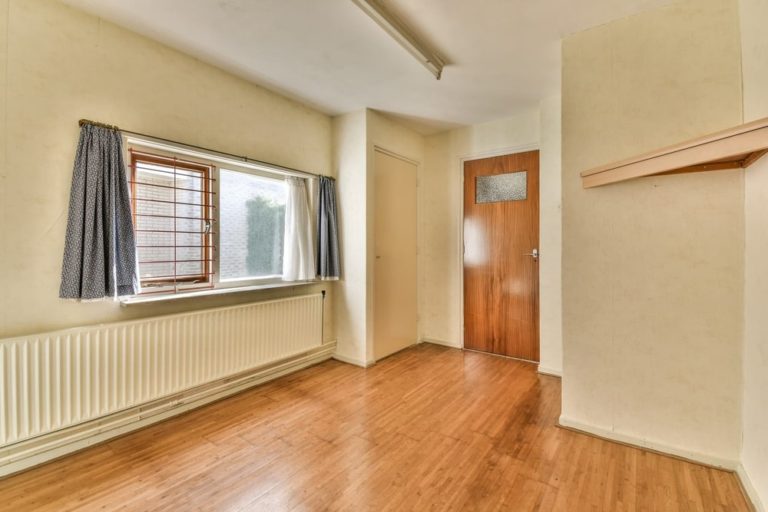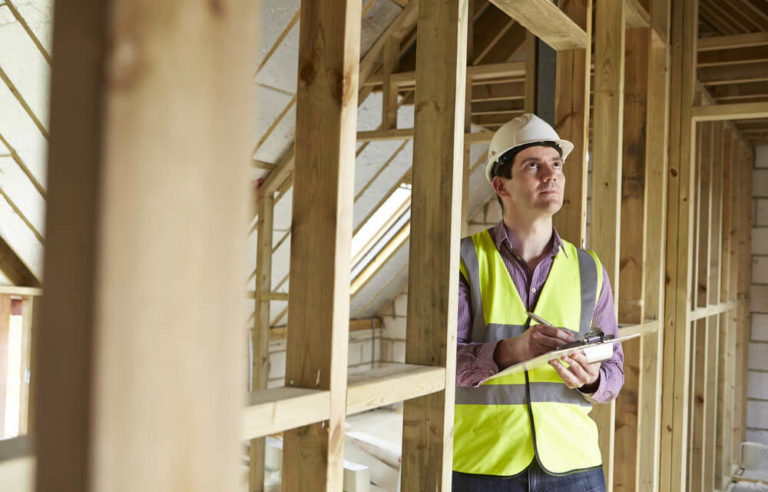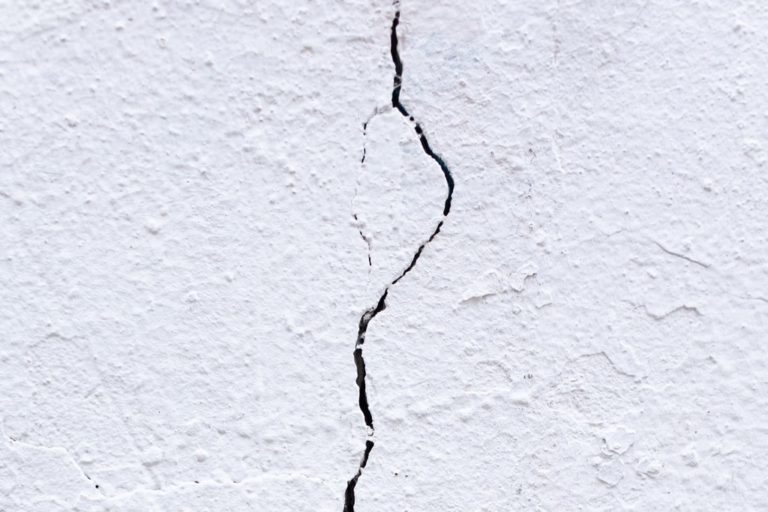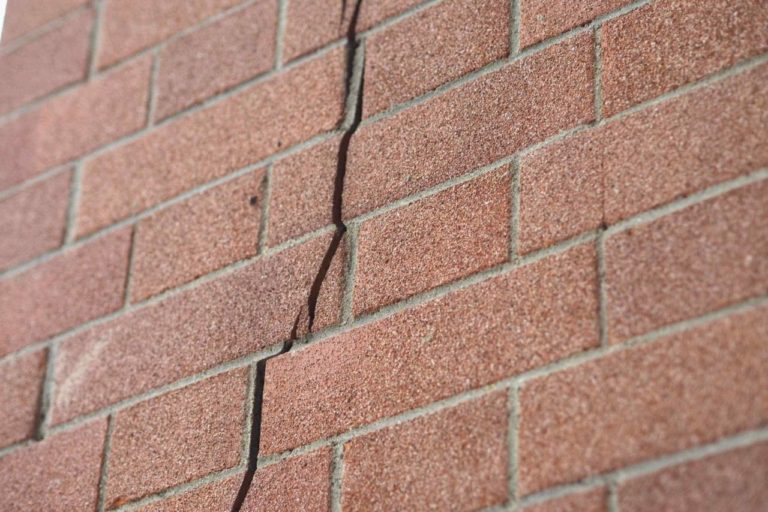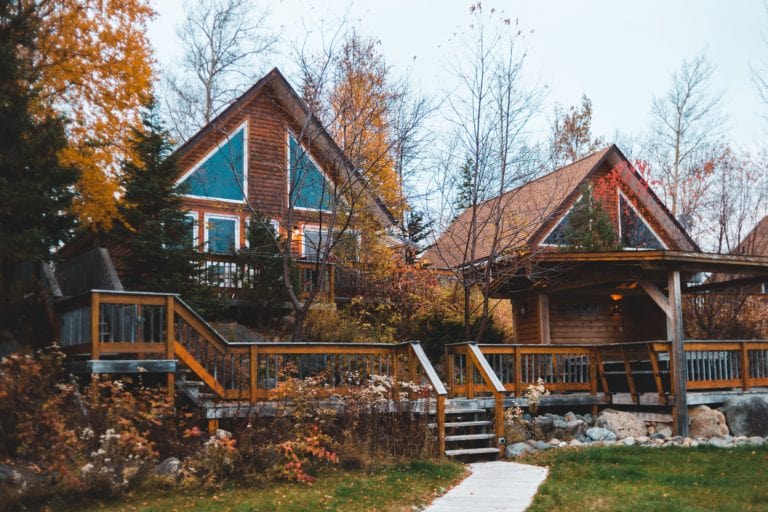Building a deck is a common goal for Canadian homeowners. However, numerous technical decisions must be made throughout the process to ensure that you get exactly what you’re looking for. Decks require structural support, as they carry heavy loads. There are a number of options for these support systems, including sonotubes and helical piles.
Sonotubes
Sonotubes are disposable cardboard mould that allows the installer to pour concrete column footings easily. Introduced over 70 years ago, sonotubes replaced wood moulds for concrete footings, saving time and material. To install concrete footings using sonotubes, the ground needs to be excavated and drained of any groundwater. The sonotubes need to be placed into the holes, filled with concrete (a wood post or rebar can be installed in the wet concrete depending on the drawing provided by your engineer) and then left to cure.
As the concrete needs to be cured, this process cannot be performed in severe weather conditions. We recommend choosing a sunny weekend in the summer for this project. Once the concrete is set, you can cut away the cardboard sonotubes, compact the soil and build your deck atop the new footings.
The process of installing sonotubes is very user-friendly and could be completed by a homeowner or general contractor with access to excavation equipment and drawings from a licenced engineer. Nonetheless, this process is labour-intensive and time-consuming.
As per the Ontario Building Code, decks in Ontario that require permits and are using sonotubes as footings must meet several requirements. The sonotubes must be installed below the frost line for your region (typically 5 to 6 feet deep), and the sonotubes must be 8 inches in diameter or more. Decks should be built according to a licenced structural engineer’s drawings.
Helical Piles
Helical Piles, also known as screw piles, are commonly used in commercial construction. Despite being in use as early as the 1830s, helical piles have recently become a prominent option for residential projects. This structural support system is preferred to others due to its easy installation, minimal damage to the existing property, and ability to bear heavy loads.
Helical piles are screwed into the ground using a hydraulic rotary machine attachment when installed correctly. Installers will typically attach this machinery to an easy-to-maneuver, minimal-damage access vehicle, such as the Mini Kubota Tractor. The screw plates, also known as helical bearing plates, will provide sufficient downforce to support the load of the deck.
Uncertified homeowners or contractors cannot install helical piles. Typically, helical pile manufacturers are responsible for certifying their installers. The installation of screw piles requires specialized equipment. Additionally, most manufacturers will provide a manufacturer’s guarantee on their products.
Helical piles have risen in popularity recently due to their ability to resist natural elements. This support system will not experience damage from frost or cold and will not move on the grounds if installed correctly.
Sonotubes V.S. Helical Piles
All in all, helical piles have numerous advantages over sonotubes. They do not require excavation; they are weather resistant, easy to install, and effective load-bearing members, whereas sonotubes are labour-intensive to install and require excavation. However, sonotubes are the best option for a deck support system you plan to build yourself.
Whether or not your rear deck is a DIY project, you need to obtain drawings from a licensed engineer and a building permit to build a deck in Ontario. If you are unsure if your deck design requires a permit, read through our article: What You Need To Know About Building A Deck In Ontario to find out.
Works Cited
About us – Sonotube. (n.d.). Retrieved August 20, 2021, from https://www.sonotube.com/aboutus.aspx
All about sonotubes: What are they, how to use them, and more. (2020, May 27). Handyman’s World. https://handymansworld.net/sonotubes/
Screw piles vs. Sonotubes : An Obvious Choice! – Pro Post. (n.d.). Pro Post Foundations. Retrieved August 20, 2021, from https://propostfoundations.com/blog/screwpiles-vs-sonotubes/
Solid and durable screw piles for decks. (n.d.). GoliathTech. Retrieved August 20, 2021, from https://www.goliathtechpiles.com/applications-en/decks/
What is a Helical Pile? – What they do, what they’re made of, how they work. (2017, May 20). Conte Company. https://contecompany.com/what-is-a-helical-pile

